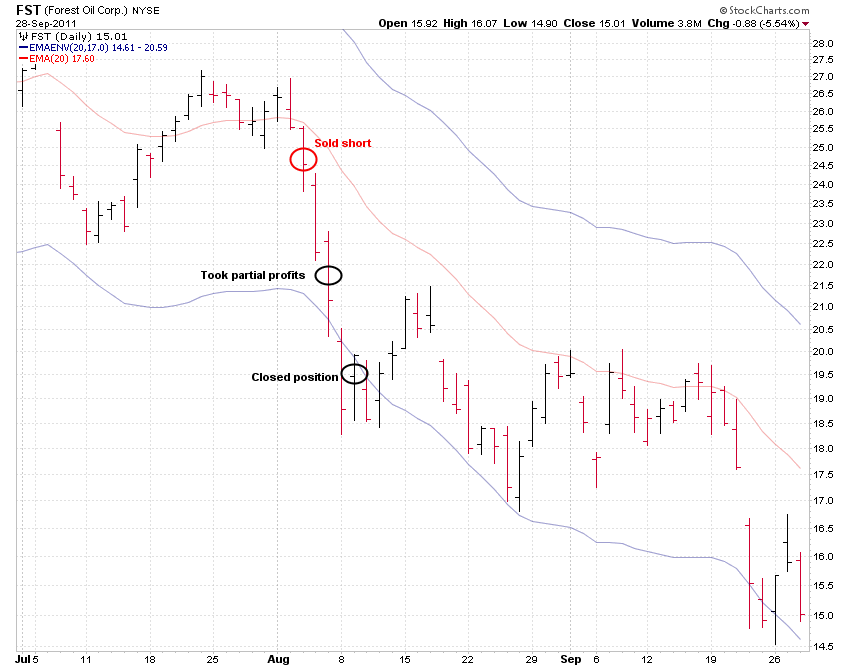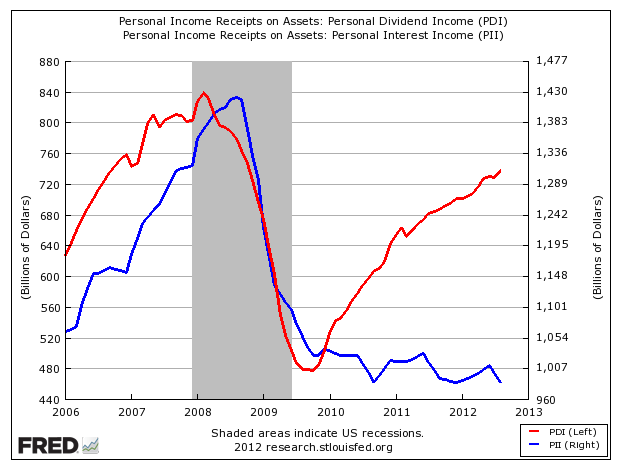As Warren Buffet has noted, academics sometimes define risk differently that regular investors.
Academics focus on the relative volatility of a stock or portfolio of stocks. That is, their volatility as compared to that of a large universe of stocks.
Employing data bases and statistical skills, these academics compute with precision the beta of a stock – its relative volatility in the past – and then build arcane investment and capital-allocation theories around this calculation.

Investor View
For owners of a business — and that’s the way we think of shareholders — the academics’ definition of risk, in our opinion, is far off the mark.
In our view, the real risk that an investor must assess is whether his aggregate after-tax receipts from an investment (including those he receives on sale) will, over his prospective holding period, give him at least as much purchasing power as he had to begin with, plus a modest rate of interest on that initial stake.
Key Questions
In our opinion, though this risk cannot be calculated with engineering precision, it can in some cases be judged with a degree of accuracy that is useful.
In our view, the primary factors bearing upon this evaluation are:
- The certainty with which the long-term economic characteristics of the business can be evaluated;
- The certainty with which management can be evaluated, both as to its ability to realize the full potential of the business and to wisely employ its cash flows;
- The certainty with which management can be counted on to channel the rewards from the business to the shareholders rather than to itself;
- The purchase price of the business; and
- The levels of taxation and inflation that will be experienced and that will determine the degree by which an investor’s purchasing-power return is reduced from his gross return.
Clear Cut
These factors will probably strike many analysts as unbearably fuzzy, since they cannot be extracted from a database of any kind.
But in our view the difficulty of precisely quantifying these matters does not negate their importance nor is it insuperable.
Supreme Court Justice Stewart found it impossible to formulate a test for obscenity but nevertheless asserted, “I know it when I see it.”
Takeaway
In our opinion, investors know risk when they see it without reference to complex equations or price histories.
In our opinion, risk is purely a function of what is lost (price) and what is gained (value).
And if an investment can be acquired at a price significantly less than its value, risk is low. Hence, risk is primarily a function of valuation, determined through fundamental analysis.
Photo Credit: Mike Cohen via Flickr Creative Commons



